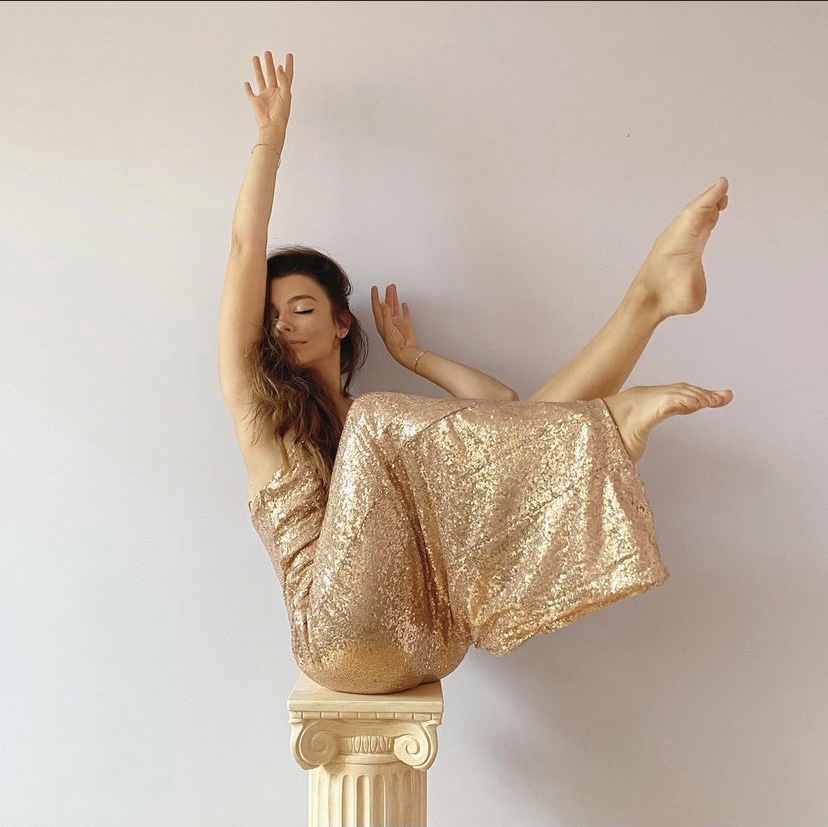In today’s rapidly evolving dance world, modern choreography has broken down barriers, transforming the art form from an elite, studio-based practice into something accessible to people of all ages, backgrounds, and abilities. From social media platforms to online classes, the democratization of dance has revolutionized the way people engage with choreography, making it easier than ever for anyone to learn, create, and share movement.
The Social Media Stage
Perhaps the most significant change has been the rise of social media, especially platforms like TikTok and Instagram, where bite-sized choreography trends spread like wildfire. What once required professional training and access to a studio can now be learned and mastered in the comfort of one’s living room. Creators, both professional and amateur, post dance challenges that are viewed and replicated by millions around the globe, turning everyday spaces into makeshift stages.
This social media-driven explosion of choreography has given people who might never have considered themselves dancers the confidence to move, experiment, and perform. Dances like the viral “Renegade” or “Savage Love” take complex routines and make them accessible through repetition and community engagement. The joy of modern choreography now lies not only in its creation but in the shared experience of learning and performing with others, virtually.
“Renegade” or “Savage Love” take complex routines and make them accessible through repetition and community engagement.
Peter Bowman
Online Classes for Every Skill Level
Dance education has also shifted dramatically, with online platforms offering classes for every skill level, from beginner to advanced. Streaming classes have become a norm, making high-quality instruction available to people who live far from traditional dance hubs like New York or Los Angeles. Renowned choreographers like Kyle Hanagami or Brian Friedman offer masterclasses, breaking down intricate routines into easy-to-follow segments for students around the world.
This newfound accessibility allows people to explore various styles—whether it’s contemporary, hip-hop, or jazz—without stepping foot in a studio. These digital platforms democratize dance education, ensuring that anyone with an internet connection can refine their skills. For many, this shift has made choreography feel more like an open invitation rather than an exclusive club.
Inclusivity in Movement
A more inclusive dance community has emerged alongside this accessibility. Choreographers and dance organizations have embraced bodies of all shapes, sizes, and abilities, showing that there is no “one size fits all” approach to movement. This trend has encouraged people from diverse backgrounds to take part in dance, focusing less on traditional technique and more on individual expression and creativity.
Workshops and virtual spaces like Dance Church, which promotes a free-flowing, non-judgmental dance environment, invite people to move their bodies without the pressure of perfecting a routine. The emphasis here is on the emotional and physical release that comes with dance, making choreography feel personal and attainable for everyone.
Breaking the Barriers of Tradition
Historically, choreography was often seen as something dictated from the top down—created by established choreographers for professional companies or theaters. Today, the roles have reversed. Modern choreography is being shaped by the dancers themselves, who often contribute their own flair and interpretations. This collaborative approach has resulted in a more organic and fluid exchange of ideas, where even amateurs are recognized as contributors to the evolution of dance.
Moreover, the proliferation of dance tutorials on YouTube and apps has further dismantled the hierarchical structures that previously defined the art. Anyone can be a choreographer, making dance an increasingly participatory art form. By removing barriers like geography, cost, and exclusivity, modern choreography has entered a new era—one where creativity and passion outweigh credentials.
Dance for All
Modern choreography today reflects the world’s interconnectedness. The boundaries between amateur and professional, choreographer and dancer, have blurred. Dance is no longer reserved for those who have had formal training or belong to elite companies. It is an art form that belongs to everyone, shaped by the global dance community that spans countries and cultures.
As technology continues to expand the reach of dance, the possibilities for choreography are endless. What was once confined to the stage or studio has spilled into homes, parks, and social media feeds. In this new landscape, modern choreography isn’t just for the few—it’s for everyone.


